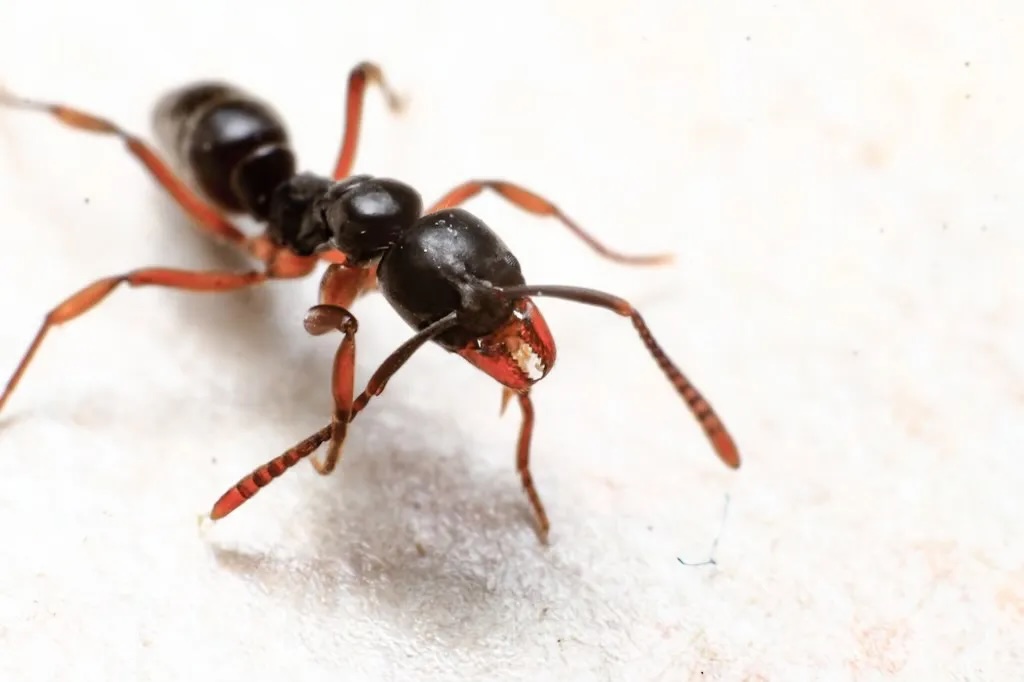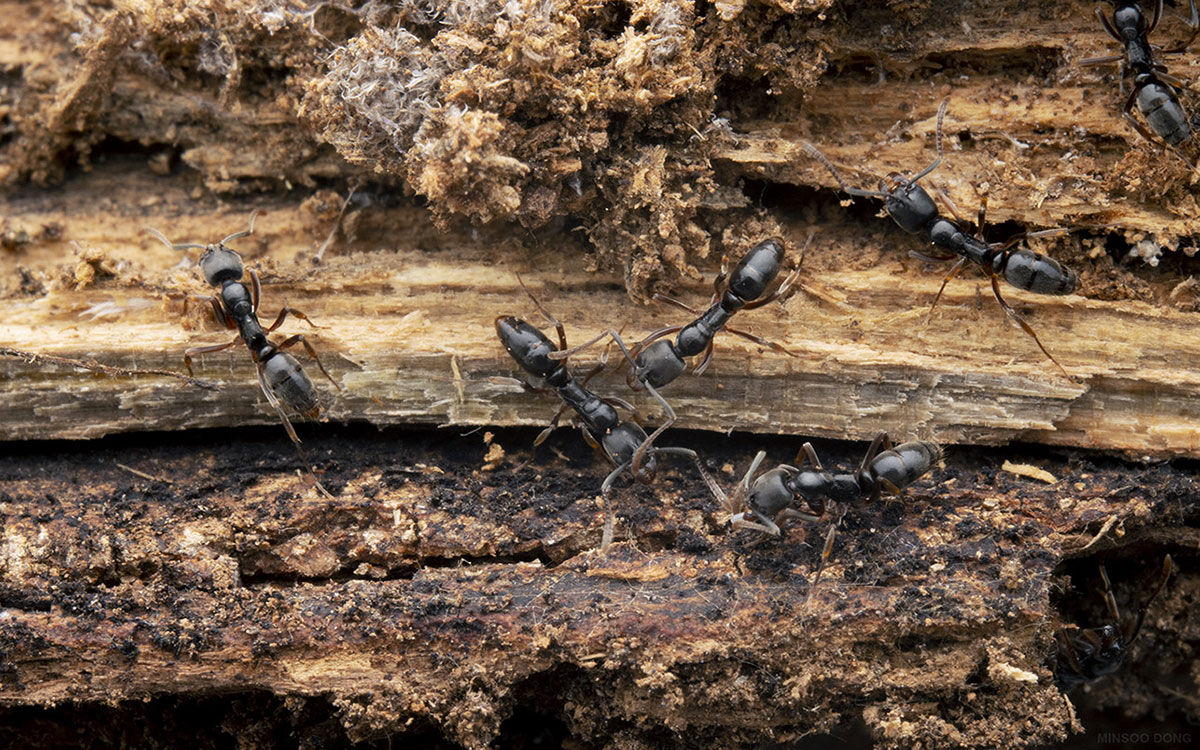Residents Urged to Watch for Invasive Asian Needle Ants
go.ncsu.edu/readext?1080870
en Español / em Português
El inglés es el idioma de control de esta página. En la medida en que haya algún conflicto entre la traducción al inglés y la traducción, el inglés prevalece.
Al hacer clic en el enlace de traducción se activa un servicio de traducción gratuito para convertir la página al español. Al igual que con cualquier traducción por Internet, la conversión no es sensible al contexto y puede que no traduzca el texto en su significado original. NC State Extension no garantiza la exactitud del texto traducido. Por favor, tenga en cuenta que algunas aplicaciones y/o servicios pueden no funcionar como se espera cuando se traducen.
Português
Inglês é o idioma de controle desta página. Na medida que haja algum conflito entre o texto original em Inglês e a tradução, o Inglês prevalece.
Ao clicar no link de tradução, um serviço gratuito de tradução será ativado para converter a página para o Português. Como em qualquer tradução pela internet, a conversão não é sensivel ao contexto e pode não ocorrer a tradução para o significado orginal. O serviço de Extensão da Carolina do Norte (NC State Extension) não garante a exatidão do texto traduzido. Por favor, observe que algumas funções ou serviços podem não funcionar como esperado após a tradução.
English
English is the controlling language of this page. To the extent there is any conflict between the English text and the translation, English controls.
Clicking on the translation link activates a free translation service to convert the page to Spanish. As with any Internet translation, the conversion is not context-sensitive and may not translate the text to its original meaning. NC State Extension does not guarantee the accuracy of the translated text. Please note that some applications and/or services may not function as expected when translated.
Collapse ▲The Asian needle ant (Brachyponera chinensis) is an invasive pest that has been spreading across North Carolina and the southeastern U.S. This species poses a threat to both public health and local ecosystems, and sightings have been reported in surrounding counties.
Asian needle ants are small, about 5 millimeters long, with dark brown or black bodies and distinctive, orange-colored mandibles. They tend to nest in damp, shaded areas such as under mulch, logs, rocks, leaf litter, and rotting wood. Unlike fire ants, they don’t build visible mounds, making them harder to detect. Their sting is painful and can trigger severe allergic reactions, including anaphylaxis, in individuals who are sensitive to them. Some people have required emergency medical treatment from just one sting.
In addition to the health risks, Asian needle ants outcompete native ant species, disrupting the natural balance of local ecosystems. They can reduce populations of important insects and interfere with pollination and soil processes. Because they become active earlier in the year than native ants, they often establish dominance quickly in a new area.
Homeowners can take several steps to reduce the risk of infestation:
- Remove yard debris such as rotting logs, branches, leaf piles, and other clutter where ants may nest.
- Avoid over-mulching flower beds and landscaping, and use mulch sparingly to discourage nesting.
- Seal cracks and gaps around foundations, doors, and windows to prevent ants from entering the home.
- Inspect potted plants and outdoor items before bringing them inside, especially in spring and summer.
- Use bait traps or consult a pest management professional if ants are spotted or suspected around the home.
- Report sightings to the local Extension office to help track their spread.
Early detection and prevention are key to limiting the impact of the Asian needle ant. Residents who believe they’ve encountered these ants or have been stung should take caution and seek medical attention if needed. If you have questions about the ant, or any other pest, you can contact the N.C. Cooperative Extension, Clay County Center at (828) 389-6305 or visit us at 25 Riverside Circle, Ste. 2, Hayesville.





